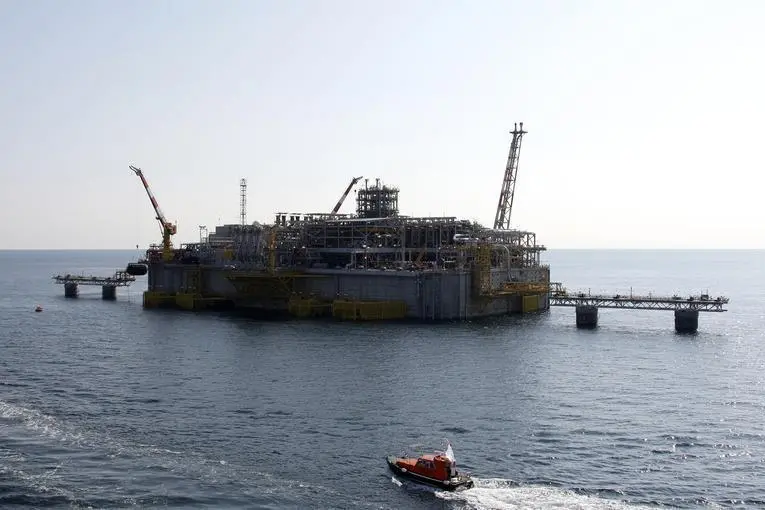PHOTO
The amount of natural gas flowing to U.S. liquefied natural gas (LNG) export plants was on track to drop to a 12-week low on Wednesday due to reductions at several plants, including Freeport LNG in Texas, according to data from financial firm LSEG.
For years, LNG feedgas has been the fastest growing source of new U.S. gas demand and the shutdown of any export plant, especially Freeport, can sway gas prices around the world.
On Monday, U.S. gas futures fell about 7% to a 10-week low after it became clear that Freeport would not return to full service as soon as the market had previously expected.
In 2023, the U.S. exported about 11% of the gas drillers pulled out of the ground as LNG, up from just 1% in 2016, the year Cheniere Energy started operating the first big LNG export plant at Sabine Pass in Louisiana.
Gas flows to the seven big U.S. LNG export plants fell to 11.6 billion cubic feet per day (bcfd) so far in July due mostly to the shutdown of Freeport for Hurricane Beryl on July 7, down from 12.8 bcfd in June and a monthly record high of 14.7 bcfd in December 2023, according to LSEG data.
On a daily basis, LNG feedgas was on track to drop to a 12-week low of 10.7 bcfd on Wednesday due to the ongoing reduction at Freeport and a new reduction over the past couple of days at Cheniere's Corpus Christi plant in Texas.
Officials at Cheniere were not immediately available for comment on Corpus.
The 2.1-bcfd Freeport was on track to pull in about 0.5 bcfd of gas on Wednesday, up from 0.4 bcfd on Tuesday and near zero bcfd from July 7-15. In the week before Freeport shut for Hurricane Beryl, the plant was pulling in about 1.7 bcfd of feedgas.
The 2.4-bcfd Corpus, meanwhile, was on track to pull in about 1.6 bcfd of gas on Wednesday, the same as Tuesday. That is down from an average of 2.4 bcfd during the prior seven days (July 9-15), according to LSEG data.
One billion cubic feet is enough gas to supply about five million U.S. homes for a day.
(Reporting by Scott DiSavino Editing by Tomasz Janowski)






















